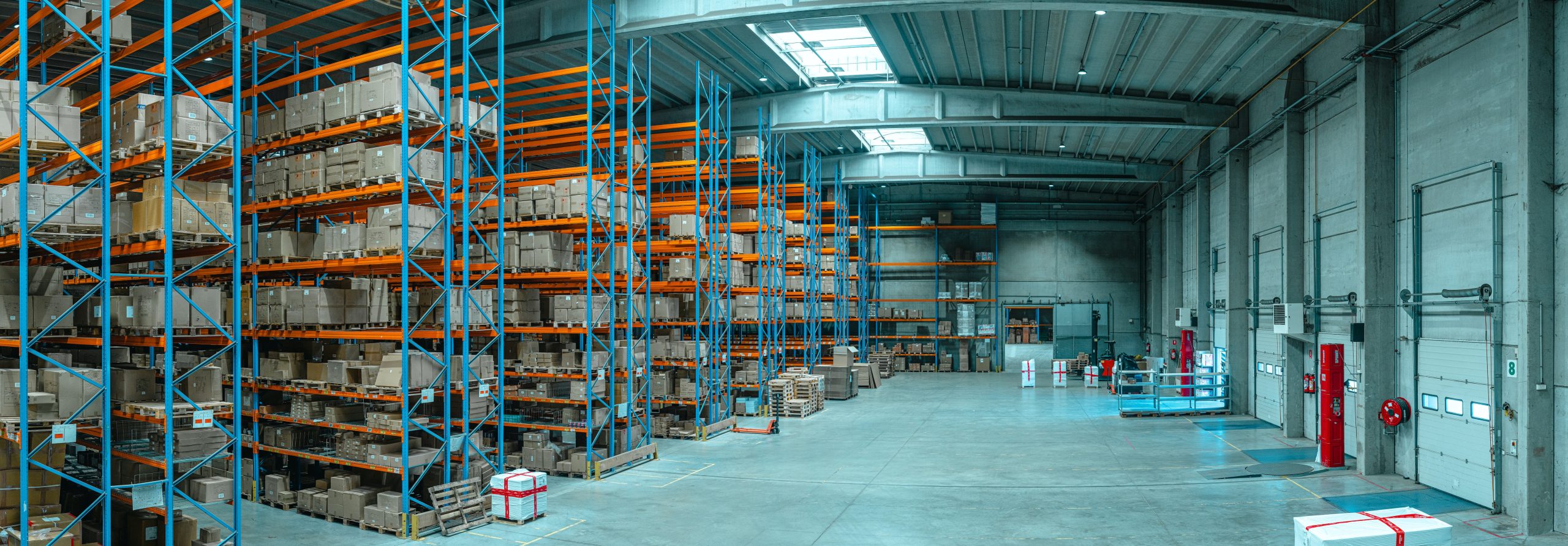There are many sectors that have a constant shake of staff and are in need of new recruits, and one sector that this is especially in need is the logistics sector. The industry accounts for 8% of all UK employment and is facing a “severe” skills shortage according to the CILT.
The survey suggests that 54% of logistics businesses expect to see skills shortages by 2024, with drivers, warehouse operatives, and back-office vacancies the most urgent to fill. An report from Edge shows that demand for transport and logistics employees is 4.6 times higher than young people aspiring to work in the sector. This highlights a serious issue with supply and demand.
As well as many other sectors in the UK, the logistics industry is also challenged by a serious digital skills gap. C. H. Robinson General Manager Nick Ghia, had expressed his concern saying: “Everyone talks about a driver shortage but arguably the biggest issue is around developing a digital workforce which will be critical to driving forward the logistics industry in the future.”
Why is the logistic sector experiencing such a severe skills gap?
The logistics sector has one of the biggest workforces in the UK. RHA data shows that the average age of road haulage drivers is 57, while 81.1% of transport managers are over 45. Over a third of transport managers are aged between 55–64, meaning many will reach retirement age by 2029. This predicament has only been amplified by Brexit, which has seen 80,000 EU nationals leave the UK’s logistics sector.
This older workforce is causing the issue of a digital skills gap. According to a PwC report, 50% of executives in logistics businesses say their biggest barrier to digital adoption is a lack of digital culture and training. It makes sense that workers who were not brought up with technology may find it more difficult to adapt than younger employees who have been around it all their lives. But this is causing problems for businesses because workers end up resistant to change.
As a result, logistics sector is ranked low on digital maturity, which scored 32 points out of 100. This is in comparison to the overall travel sector, which scores 41, and digital leaders in transport, who score an average of 62. Logistics companies that work in B2C sectors are feeling additional pressure to go digital as more consumers demand an online presence.
How can businesses fill their skills gap?
Not only is the logistics sector short on workers, but it’s also lacking key roles and skills. If you’re unable to plug these gaps, you’ll struggle to meet increasing customer demands and may lose out on business as a result. But there are a number of ways you can address this pressing issue. Consider innovative solutions like Modula, a leading manufacturer of automated storage solutions, to enhance efficiency and streamline your logistics processes.
The need to attract the next generation of workers
The combination of an ageing workforce and digital skills shortage are creating a huge problem for logistics businesses. The good news is that with every new workforce generation comes better digital skills. As businesses digitally advance, they need a workforce that is able to adopt technology easily. The millennial and Generation Z workforces – those born between 1980 and 2015 – have grown up with technology as standard. It’s for this reason that they’ve been dubbed “digital natives”. They’ll bring a natural knack for using digital technologies to any role.
Apprenticeships can help out in a number of ways. Training young apprentices on the job means they’ll gain the necessary skills for the role whilst also working towards a qualification. You can also train them on your organisation’s specific systems and processes, moulding them for the role that is most important to your business. They’ll bring the skills that come with an upbringing in a digital world, and you can equip them with the expertise they need to succeed in your business.
It’s essential to note how to attract the best and smartest talent from this generation of digital experts. Half of millennials rate flexibility as “very important” when choosing an employer. This generation is also the most likely to job-hop, with 43% planning on leaving their current roles in the next two years. Therefore, it’s key to meet their expectations in order to retain the best talent once you’ve got them through the door.
The need to provide digital training
One of the best options for businesses and employees to find success is to provide digital trainingg. This is critical to equipping your existing and new employees with the skills they need for their roles. Not only will this ensure that your workforce is trained on your specific systems and logistics software, but that they’re also prepared for your company’s digitisation.
This can also help you attract the next generation of employees as 70% of young people are expecting digital training to be provided by their employers.
Encourage internal movement
A sure-fire way to onboard employees in critical areas of your business is to allow employees to move between roles or progress into higher positions. This is a great opportunity for back-office staff to try their hand at warehousing roles. Similarly, your warehouse operatives may have expressed an interest in trying their hand at HGV driving.
The best part of filling your most pressing vacancies with existing employees in your organisation is that your employees already know your business and its processes. While they will still require training in their new role, it’ll be a quicker induction than if you were to bring new hires on board. That’s not to say you shouldn’t be hiring externally. Blending internal role changes and external recruitment will help you fill the most pressing gaps.
It is clear that the logistics sector is experiencing a serious skills gap. Not only is there an employee shortage in critical areas including drivers, warehousing operatives, and back-office staff, but there is also a digital skills gap which is threatening the growth of businesses. There are a number of ways organisations in the sector can combat this, from recruiting digital-savvy employees to upskilling their existing staff. Blending these three methods together will ensure you have a workforce prepared for your digital revolution.
Sources
https://www.pwc.com/gx/en/transportation-logistics/pdf/the-future-of-the-logistics-industry.pdf
https://www.rha.uk.net/getmedia/ca07562d-0a0c-49f9-859b-d822a1b1f15b/RHA-Pay-Report-2019.pdf.aspx
https://www.telegraph.co.uk/business/tips-for-the-future/workforce/
https://logistics.org.uk/CMSPages/GetFile.aspx?guid=8a1d1b09-93ea-40c3-a81c-75e4a8bb2d7b&lang=en-GB







